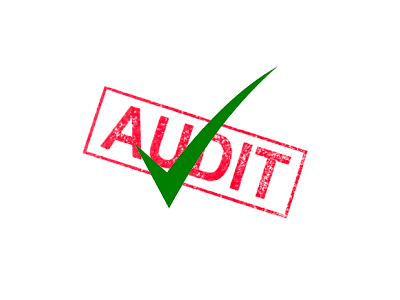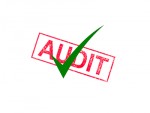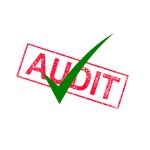On the Horizon: Upcoming Changes to ISO 17025
The present version of ISO 17025:2005 is currently undergoing major revision. Within the various process stages are several incremental phases of review and commenting by different ISO member economies and then updated by the ISO Working Group (WG44). The latest version is in the Draft International Standard (DIS) stage. Depending on how swiftly the comment and voting phases go, it is reasonable to suppose that the new standard could be in the hands of the international community by Fall 2017.
The proposed changes will be more philosophical and structural in nature than content. Let’s take a quick look at the proposed upcoming changes that may have a significant impact to current ISO 17025:2005 operating laboratories:
- The overall structure of the standard will move to an updated layout conformant with the ISO/CASCO guidelines for Conformity Assessment standards but still similar in structure to the ISO 9001:2015 standard. This will help dual accredited and registered / certified facilities develop their program to a single harmonized structure.
- Obligatory Requirements will include: Impartiality, Confidentiality, Complaints and Management System
- Significant emphasis will be on Risk and Opportunities, which commands a shift on how management systems are documented. ISO 9001 specifies the use of the word “documented information”, while the current ISO 17025 standard mandates procedures and policies. Under the new proposed definition of ‘documented information’, an operation could eliminate the quality manual and leave process documents to remain.
- Preventive actions will no longer exist as a separate clause, rather it becomes part of the risk and opportunities management process.
A2LA and other major accreditation stakeholders will host extensive training opportunities and transitional support to laboratories. Conformity mandates will be set at three years from the time the new ISO 17025 Standard is published. Non-accredited laboratories that are considering ISO 17025 accreditation are advised to educate themselves on the current standard and proposed standard to understand any shifts or infrastructure changes that might be required in the transition between standards as they acclimate and implement a conformant management system.
Bring It All Together
After the on-site audit, the work has just begun. For new and experienced laboratories alike, the perspectives presented here can be used to continually refine and improve quality processes:
- Have an open dialog with your assessor post-audit, ask for suggestions and ideas for the response
- Employ a standardized corrective action program to remain organized and thorough
- Perform a robust RC analysis, considering all factors and future implications
- Keep all internal stakeholders involved in the process; cross departmental cooperation is key to a successful audit outcome and ultimately, a quality program
- Review common areas of non-conformance and challenge your process before the assessment occurs.
- Stay abreast of industry changes and ISO 17025 standard requirements. Work with your accrediting body to understand the impact to your operation and take advantage of training opportunities that may be offered.
Resources
- “ISO 17025:2005 / AOAC International Guidelines for Laboratories Performing Microbiological and Chemical analysis of Food and Pharmaceuticals – An Aid to Interpretation of ISO / IEC 17025:2005” March 2010 ALAAC Revision.
- Gust, J., Osborne, T, “NCSL International ISO/CASCO Working Group 44” Metrologist. April 2016: 32-33.
- A2LA, Form I105 “Typical Steps in Preparing for the Accreditation Process.” May 2015. Document.
- A2LA, Policy P103 “Policy on Estimating Measurement Uncertainty for Testing Laboratories”
- A2LA, Policy P103b “Annex Policy on Estimating Measurement Uncertainty for Life Science Testing Labs” September 2010. Document.
Acknowledgements
A special thanks to the industry experts that contributed their knowledge and perspective to this article:
- Peter Dragasakis, Quality Manager, Eurofins Microbiology Laboratories
- Erin Crowley, Chief Scientific Officer, Q Laboratories
- James Agin, Director of Regulatory Compliance, Q Laboratories
- Benjamin Howard, Laboratory Director, Certified Laboratories of the Midwest
- Jerri Lynn Pickett, Senior Microbiologist, Tyson Foods Safety & Research Lab
- Vanessa Cook, Quality Systems Manager, Tyson Foods Safety & Laboratory Services
- Adam Gouker, General Manager, Accreditation Services, A2LA
- Tim Osborne, Senior Director of Training Services, A2LA
- Dr. Stan Bailey, Sr. Director Scientific Affairs, bioMérieux Industry







Hi Joy,
Thanks alot for the information. Can you kindly send me part one of this article?
‘Best Practices for ISO 17025 Accreditation: Preparing for Your Food Laboratory Audit (Part I)’
Carol
QM
BAIL
Hi Caroline,
Here’s the link to Part I: https://foodsafetytech.com/feature_article/best-practices-iso-17025-accreditation-preparing-food-laboratory-audit-part/